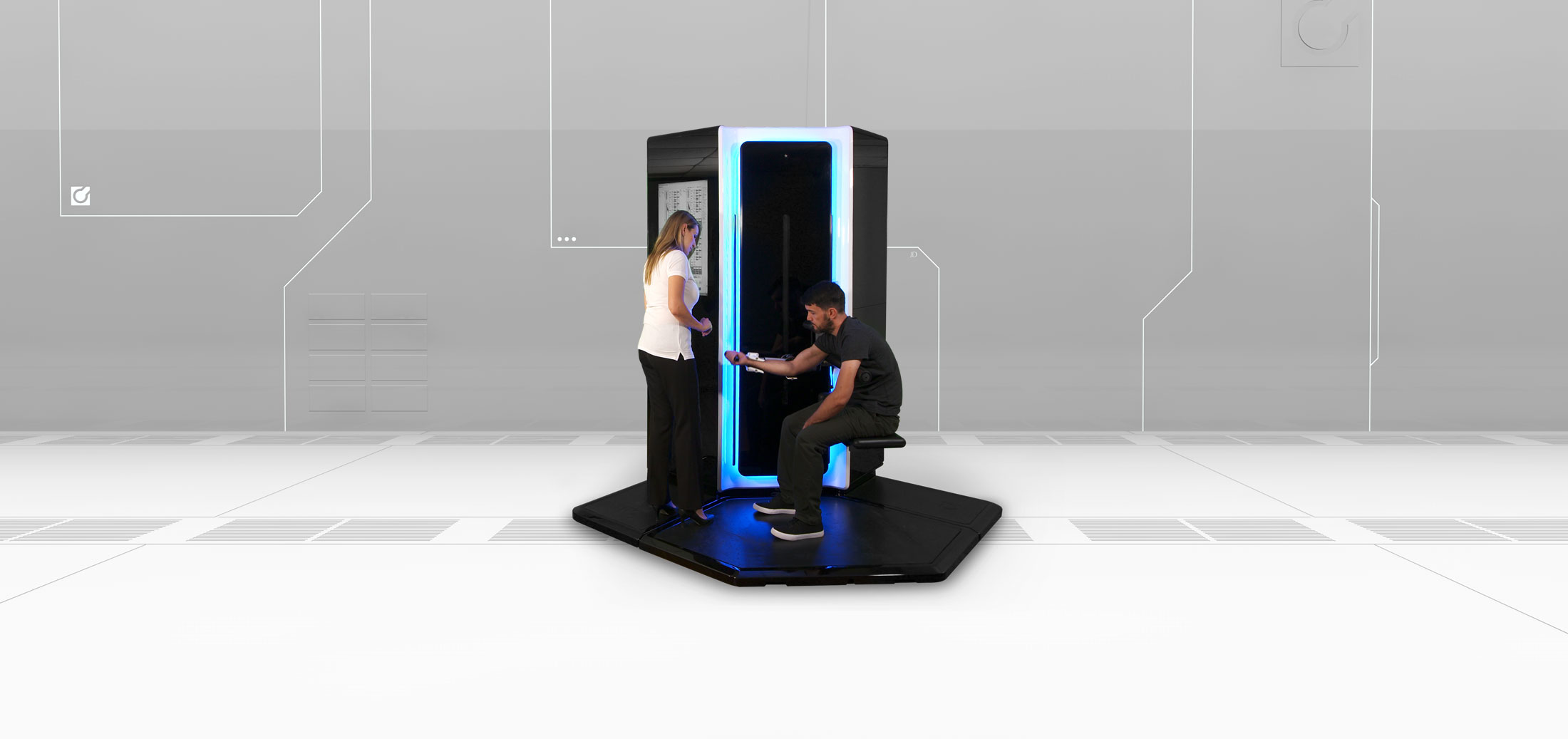Introducing the new Joint Dynamics JFAS
(Joint Function Assesment System).
Subjective is out. Objective is in.

JFAS
“I never guess. It is a capital mistake to theorize before one has data. Insensibly one begins to twist facts to suit theories, instead of theories to suit facts.”
– Sir Arthur Conan Doyle
The JFAS has been developed by Joint Dynamics to fill a void in available technology to detect if a person has applied their maximal effort when performing a physical test to measure torque through out the person’s range of movement.
The machines ability to measure angles within .06 of a degree or .3 of a Nm (as tested by an Official Australian testing organisation), isn’t the machines claim to fame. It is the ability of the JFAS to measure the applied effort a person is using whilst performing a test that sets Joint Dynamics above all other. Joint Dynamics is the only in the world, organisation or institute in the world to have been validated to have a device that can identify when a person is applying maximal effort, also known as sincerity of effort.
The JFA’s main features are:
- Measure applied torque throughout ROM
- Range Of Movement
- Level of applied effort on average through the movement
- Accurate historical graphs showing patient data
- Fatigue analysis
- Peak torque
- Projected normative data based comparison curve
Key initial joints that the JFAS is able to carry out assesments on are:
- Knee
- Hip
- Elbow
- Shoulder
JFAS Elbow Interface
When Joint Dynamics saw how other companies and organisations were measuring the elbow in isokinetic testing, we felt there were many improvement to be made.
We stepped back from the common practices of measuring an elbow. The first issue we found was if the person being tested had a sore wrist, they were unable to have their elbow assessed as most of the companies current methods involve the patient holding a handle to apply the force. We feel that introducing a second joint can effect the results and can sometime impair test results.
We allow the patient to apply the force prior to the wrist joint. This is done via a comfortable pad. We also centrally locate the limb via a simple clamping mechanism.
Engineered to Perfection
There is also a common issue of mis-alignment when setting up to test a patient. We had introduced a feature which automatically corrects for setup errors, and if required. Tells the operator what needs to be adjusted to correct radically incorrect set-ups.
One other area we found needed improving is the identification of a patients wrist angle whilst performing a test as the angle of the wrist effects the performance of an elbow.
The elbow interface allows the patient to hold a handle to aid in aligning the elbow position, yet at the same time is free moving so no force is applied via the hand. The system monitors the angle on the wrist/hand through the entire movement.

